Cocaine Scandal in the White House: Unveiling the Intrigue and Implications
In an unprecedented turn of events, a substance identified as cocaine was discovered inside the White House. The incident has sent shockwaves through the corridors of power and raised numerous questions about security protocols, visitor screenings, and the broader implications for the Biden administration. This article delves into the details of the discovery, the ongoing investigation, and the political ramifications of this scandal.
The Discovery: A Startling Find
On a quiet Sunday, the Secret Service found a bag of white powder on the ground floor of the West Wing, in the area where visitors on tours are directed to leave their phones. The substance was later confirmed to be cocaine. At the time of the discovery, President Joe Biden and his family were at Camp David, adding another layer of complexity to the unfolding story.
Initial Reactions and Investigation
The immediate question on everyone’s mind was simple: Who brought the cocaine into the White House? Despite extensive background checks and security screenings, the presence of an illegal substance within the White House raises serious concerns about the effectiveness of current security measures. The Secret Service has launched a thorough investigation, promising to utilize all available resources to identify the individual responsible.
Visitor Protocols and Security Measures
Typically, visitors to the White House undergo a rigorous background check before being allowed entry. They are also required to pass through metal detectors. However, unlike airport security (TSA), White House security does not include canine units trained to detect drugs. This might explain why the cocaine was not immediately detected.
The Press Secretary, Karine Jean-Pierre, emphasized the importance of finding out how the substance entered the White House and assured the public that all necessary steps would be taken to prevent a recurrence. Analysts have pointed out that the focus of security teams has traditionally been on hazardous materials and weapons, not drugs, which may have contributed to the breach.
Theories and Speculations
Several theories have emerged regarding how the cocaine ended up in the White House. According to law enforcement officials, it is believed that the substance was brought in by someone on a tour of the West Wing. This person might have accidentally or deliberately dropped the bag of cocaine in the area designated for visitors to leave their phones.
Tours of the West Wing are usually conducted by staff members or members of the press, suggesting that the individual who brought in the cocaine had access beyond that of a regular visitor. The fact that the cocaine was found near the entrance used for these tours supports this theory.
Political Reactions and Ramifications
The discovery of cocaine in the White House has not only sparked a security investigation but also ignited political debates. Congressional Republicans, including Senator Tom Cotton, have demanded more information from the Secret Service. In a letter to the Secret Service Director, Cotton asked for details on how visitors are screened and whether drugs had been discovered in the White House before. This incident has provided ammunition for critics of the Biden administration, who are questioning the competence of current security protocols.
Republican lawmakers such as Marjorie Taylor Greene have used the incident to criticize the White House, suggesting a lack of control and oversight. As more information becomes available, it is likely that political tensions will escalate, with both sides using the incident to bolster their arguments.
The Broader Implications
The presence of cocaine in one of the most secure buildings in the world highlights potential vulnerabilities in White House security. This incident could lead to significant changes in how visitors are screened and monitored. The Secret Service may need to enhance their protocols, possibly incorporating canine units trained to detect drugs and other advanced screening technologies.
Moreover, if the individual responsible for bringing the cocaine into the White House is identified, they will likely face severe legal consequences. The discovery of illegal drugs in such a high-profile location is a serious offense, and the perpetrator could be charged and prosecuted.
The Investigation Continues
As the Secret Service continues its investigation, they are examining visitor logs and reviewing surveillance footage. However, cameras in the White House are not constantly focused on specific areas or individuals, making it challenging to pinpoint exactly who brought the cocaine into the building.
The Secret Service’s task is complicated by the fact that the incident occurred during a holiday weekend when the White House hosted more tours than usual. The festive atmosphere may have contributed to the oversight. Despite these challenges, the Secret Service is determined to get to the bottom of the incident.
Conclusion
The discovery of cocaine in the White House is a scandal that has captivated the nation. As the investigation unfolds, it is crucial to understand the security lapses that allowed this breach and to implement measures to prevent future incidents. The political ramifications are significant, with both parties poised to leverage the incident to their advantage. This story serves as a stark reminder of the need for constant vigilance and the importance of robust security protocols in safeguarding the heart of American democracy.
FAQs
Q1: How did the cocaine manage to infiltrate White House security?
A1: The cocaine was likely brought in by a visitor on a tour. Despite rigorous background checks and metal detectors, the absence of drug-detection canine units at the White House allowed the substance to go unnoticed.
Q2: What security measures are in place for White House visitors?
A2: Visitors undergo background checks and pass through metal detectors. However, unlike TSA screenings at airports, there are no canine units specifically trained to detect drugs.
Q3: Who is responsible for the cocaine found in the White House?
A3: The Secret Service is investigating to identify the individual responsible. It is believed that the cocaine was brought in by someone on a tour of the West Wing, possibly a staff member or member of the press.
Q4: What changes might be implemented to prevent similar incidents?
A4: The White House may enhance security protocols, possibly incorporating drug-detection canine units and other advanced screening technologies to prevent the introduction of illegal substances.
Q5: What are the political implications of this incident?
A5: The discovery has sparked political debates, with Congressional Republicans demanding more information and criticizing the Biden administration’s security measures. The incident is likely to be used as a political tool by both sides.
Q6: Could the individual responsible face legal consequences?
A6: Yes, if identified, the individual who brought the cocaine into the White House will likely face severe legal consequences, including potential criminal charges.
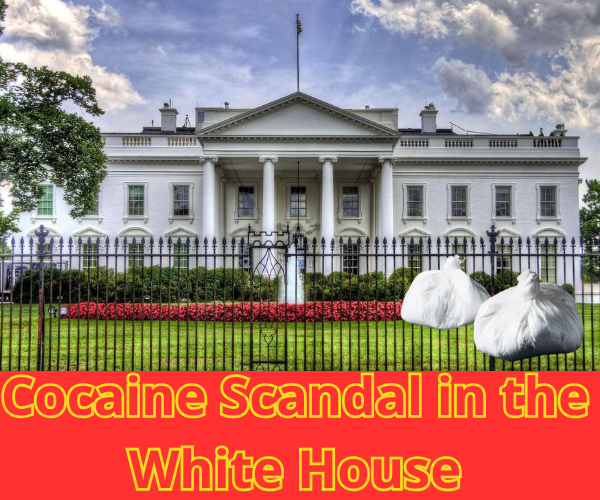
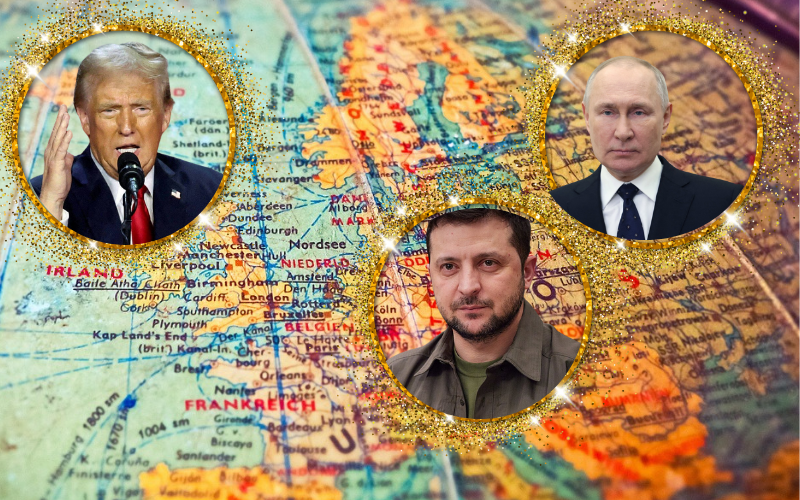

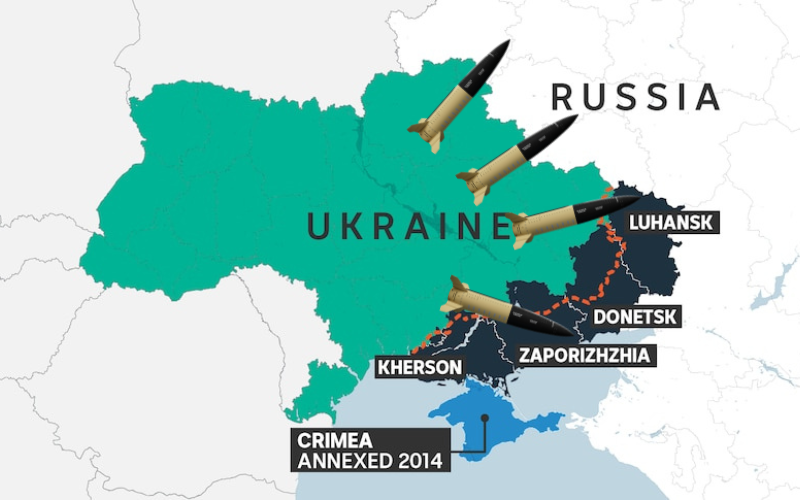







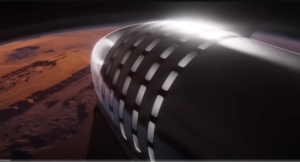
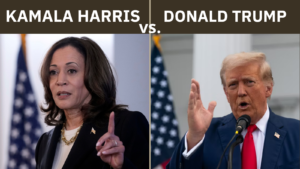

Post Comment